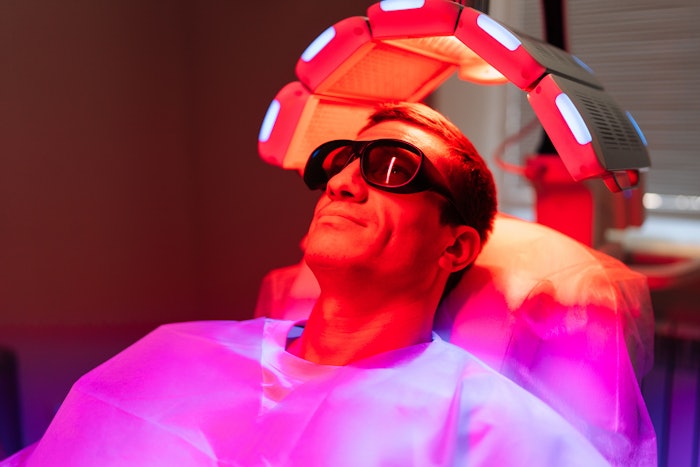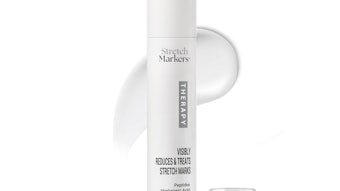Most patients learn about PDT in the context of medical concerns, such as persistent acne, enlarged oil glands or early sun-related lesions. However, many providers quickly notice something else: skin that looks calmer, pores that seem less prominent and a visible reduction in sun-related changes. What began as a medical treatment has also become a practical cosmetic tool, able to touch on issues that usually require several different approaches.
This article is only available to registered users.
Log In to View the Full Article
Most patients learn about PDT in the context of medical concerns, such as persistent acne, enlarged oil glands or early sun-related lesions. However, many providers quickly notice something else: skin that looks calmer, pores that seem less prominent and a visible reduction in sun-related changes. What began as a medical treatment has also become a practical cosmetic tool, able to touch on issues that usually require several different approaches.
Understanding the Process
The treatment begins with the application of aminolevulinic acid (ALA), a photosensitizing solution that is left on the skin for 90 to 200 minutes. During this incubation period, certain cells, such as acne-causing bacteria or precancerous keratinocytes, take up the agent. Once absorbed, ALA undergoes a chemical shift, making those cells sensitive to light.
Blue light, often delivered through Blu-U devices, is then directed onto the treatment area for approximately 16 minutes. At that point, the reaction is set in motion: the targeted cells are selectively destroyed, while the surrounding tissue remains intact. The treatment itself is quick, but the incubation period requires planning, which is why providers typically schedule it as a same-day procedure.
Cosmetic Outcomes
The medical benefit of clearing precancerous cells is well documented, but clinicians also see improvements that fall squarely in the cosmetic category. Skin often becomes less oily, and pores appear tighter, an outcome that patients notice quickly since excess oil and enlarged pores are difficult to manage with over-the-counter products alone. In certain cases, rosacea symptoms ease, giving patients relief from redness and irritation.
Texture is another area where PDT makes a difference. Patients frequently describe their skin as softer and more even after a course of treatments. The reduction in visible sun damage, such as mottled pigmentation or rough patches, reinforces its reputation as more than just a medical procedure. These changes are not just superficial; repeated sessions seem to improve the underlying health of the skin as well. Compared with other approaches, such as chemical peels or laser resurfacing, PDT offers a gentler path with overlapping benefits.
Safety and Tolerability
Like most light treatments, PDT isn’t free of after-effects. Patients sometimes leave the office with redness, a bit of dryness or irritation and in some cases, temporary shifts in pigmentation. These effects tend to resolve without intervention. Sun sensitivity is also common, which is why patients are usually advised to avoid direct sunlight for at least 24 to 48 hours after the procedure.
The treatment is considered safe when performed by a provider experienced with both the incubation timing and the light activation step. Careful administration is what ensures consistent, predictable outcomes. The relatively minimal downtime makes PDT appealing compared to more aggressive resurfacing options, especially for patients who cannot afford extended recovery.
A Tool with Range
What sets PDT apart is its ability to do two jobs at once. Clearing precancerous lesions is the obvious medical use, but the cosmetic gains—refined pores, better tone, less sun damage—are what keep patients talking about it. For practices, that combination makes the treatment practical rather than niche, something that fits naturally alongside both dermatology and aesthetic services.











